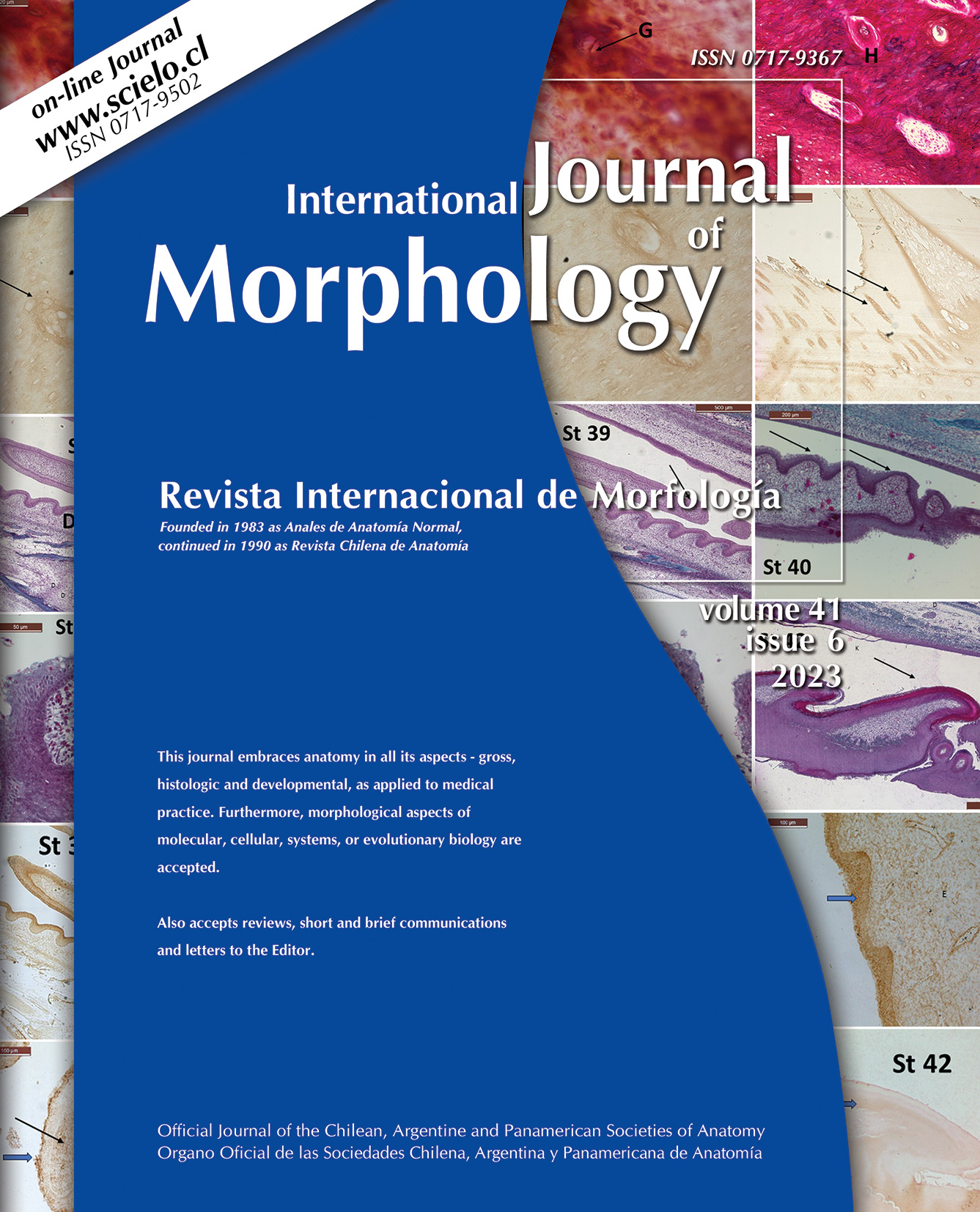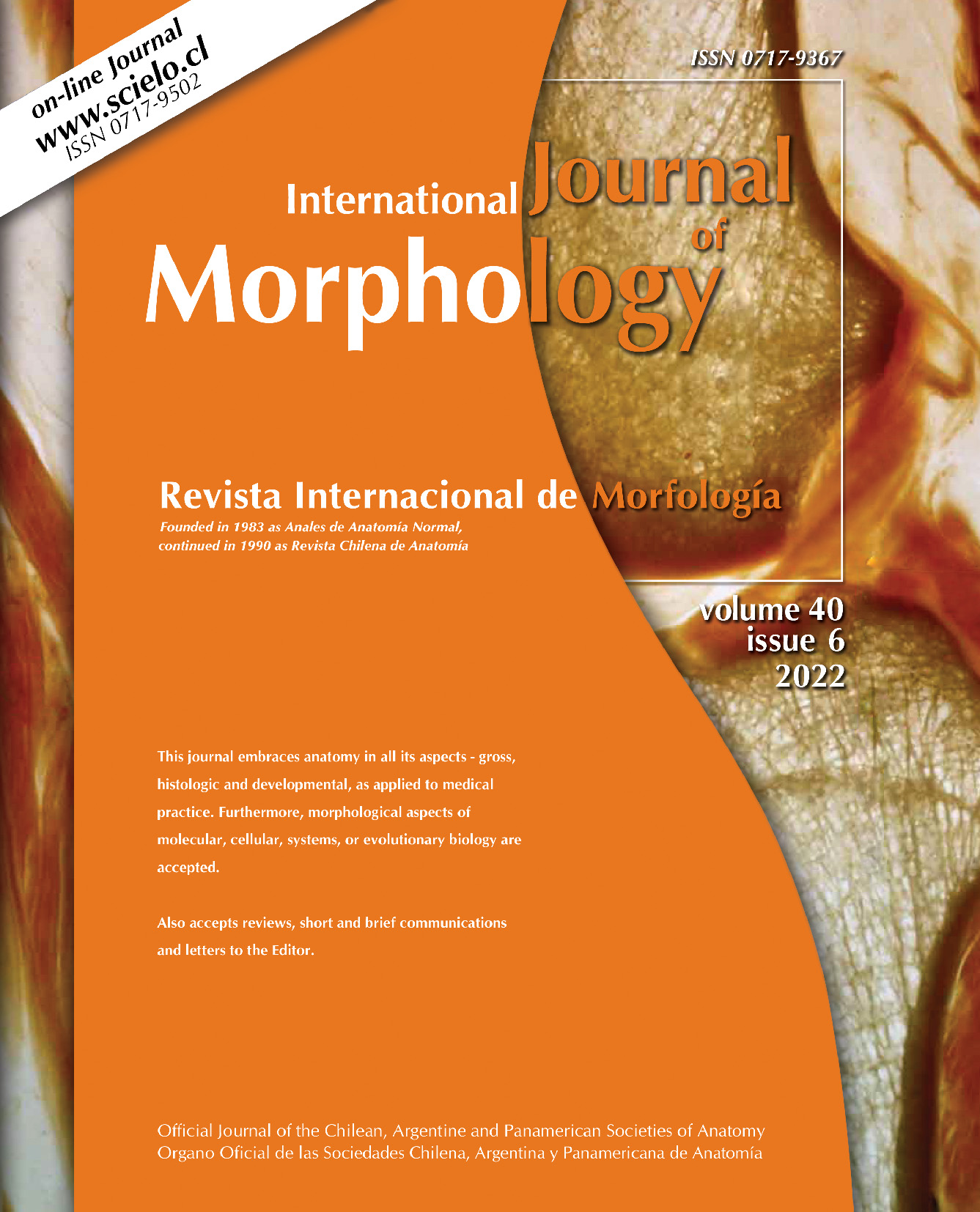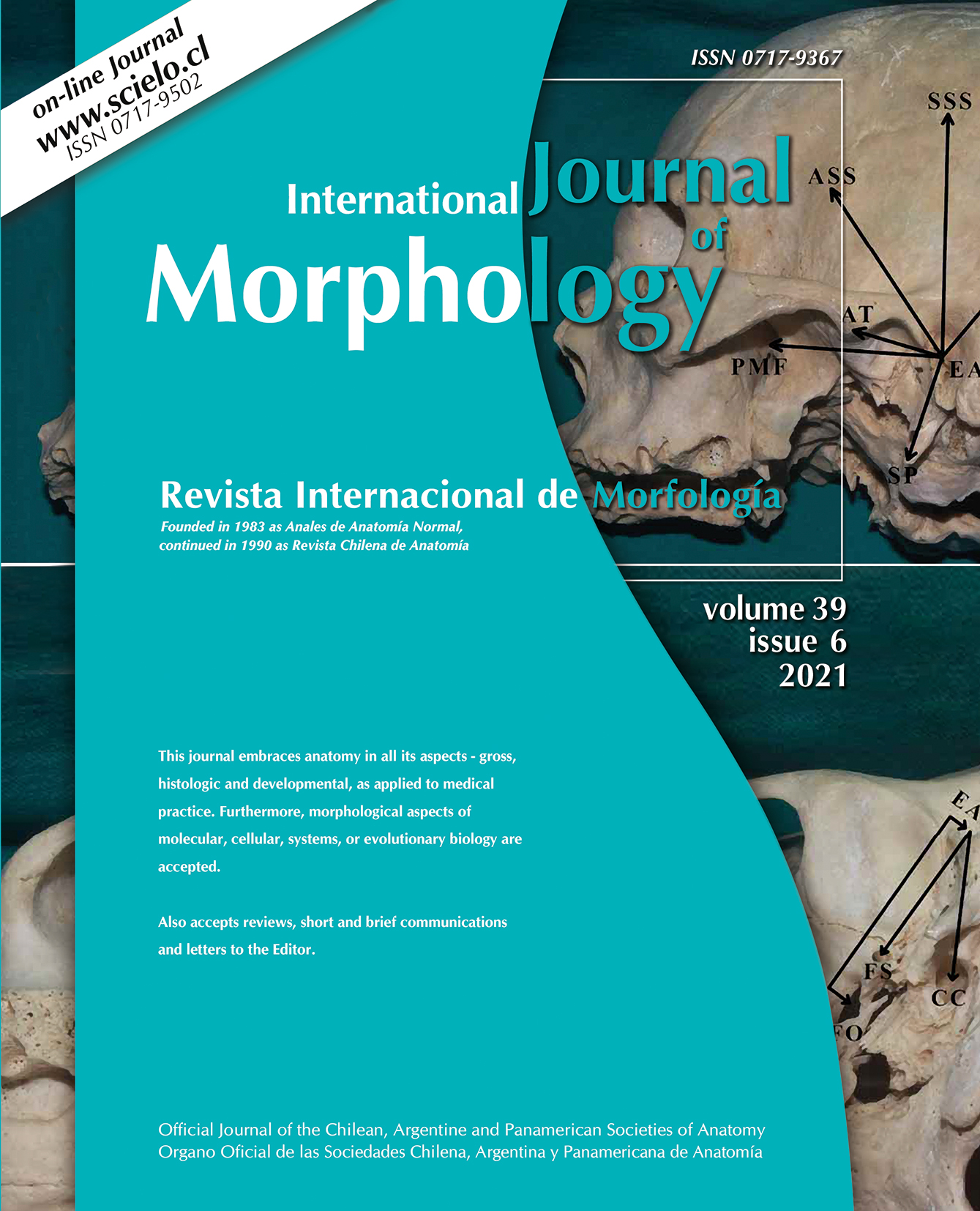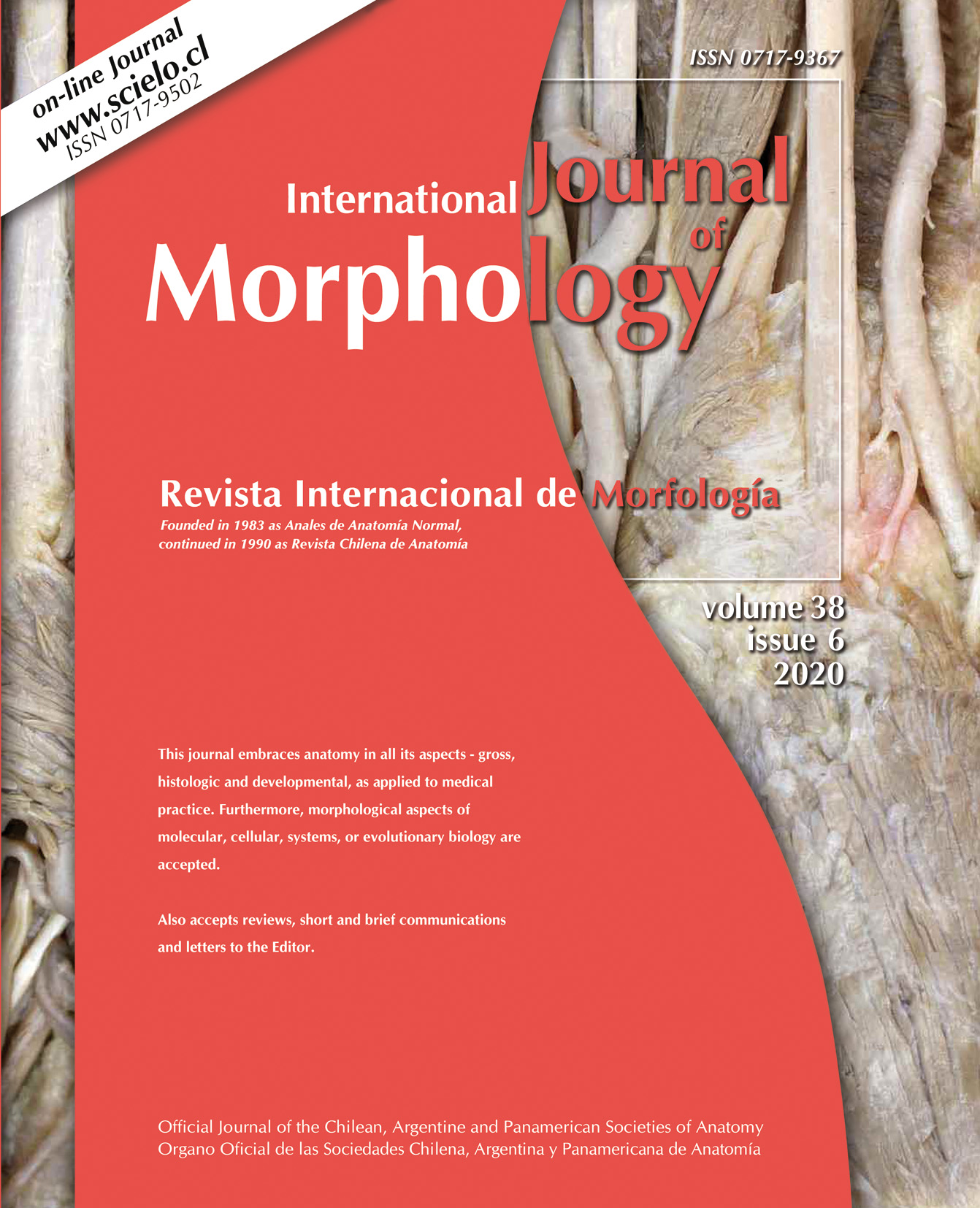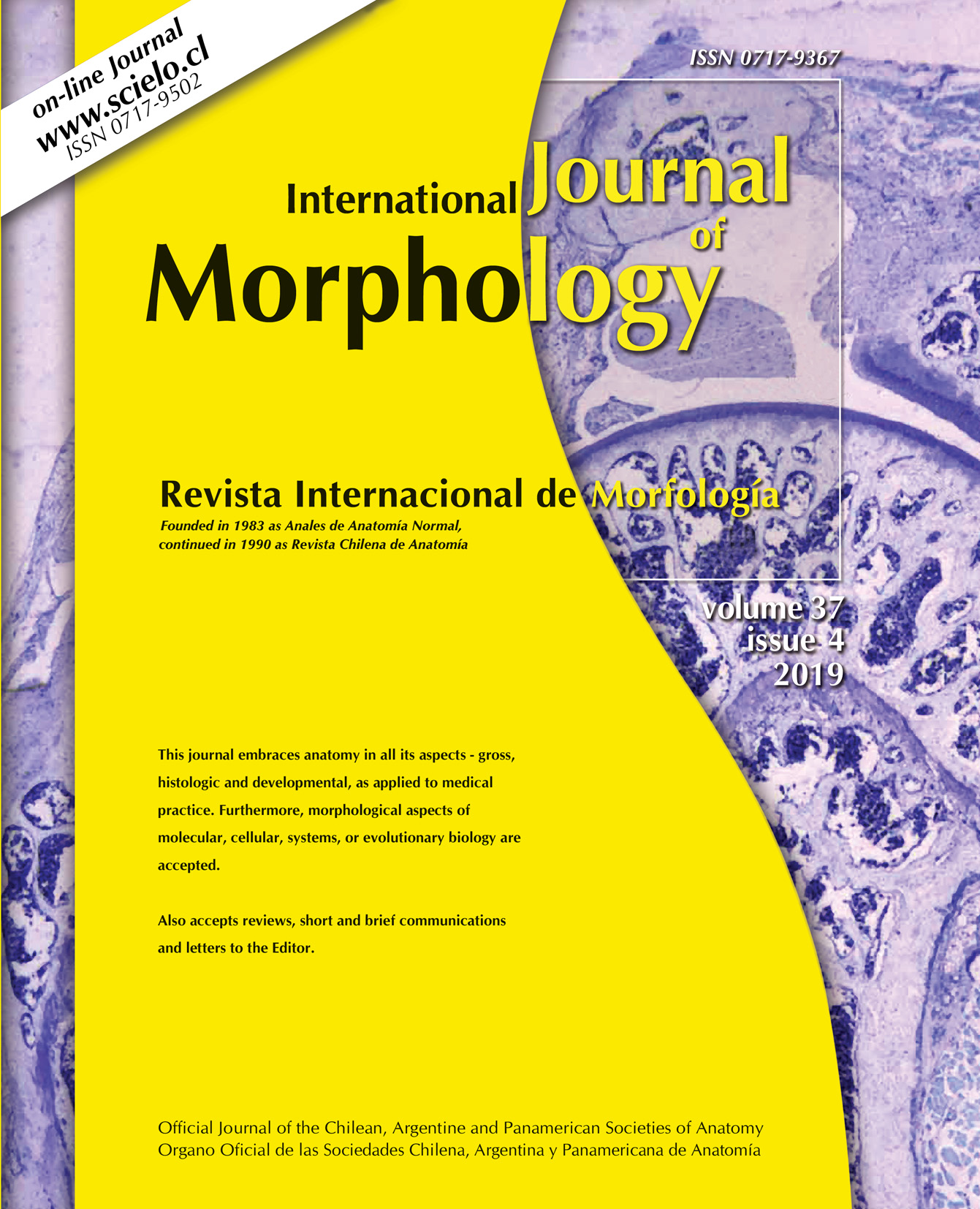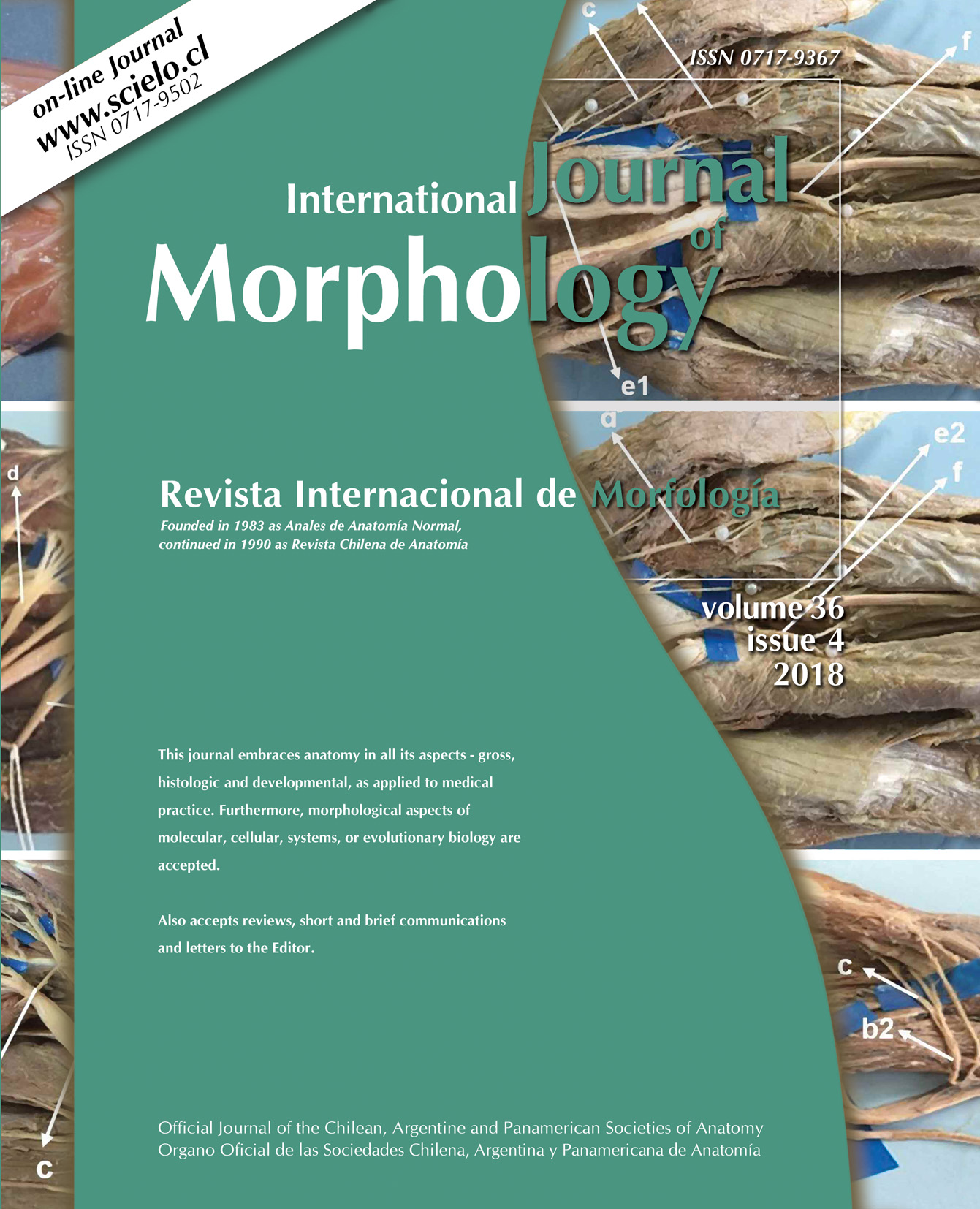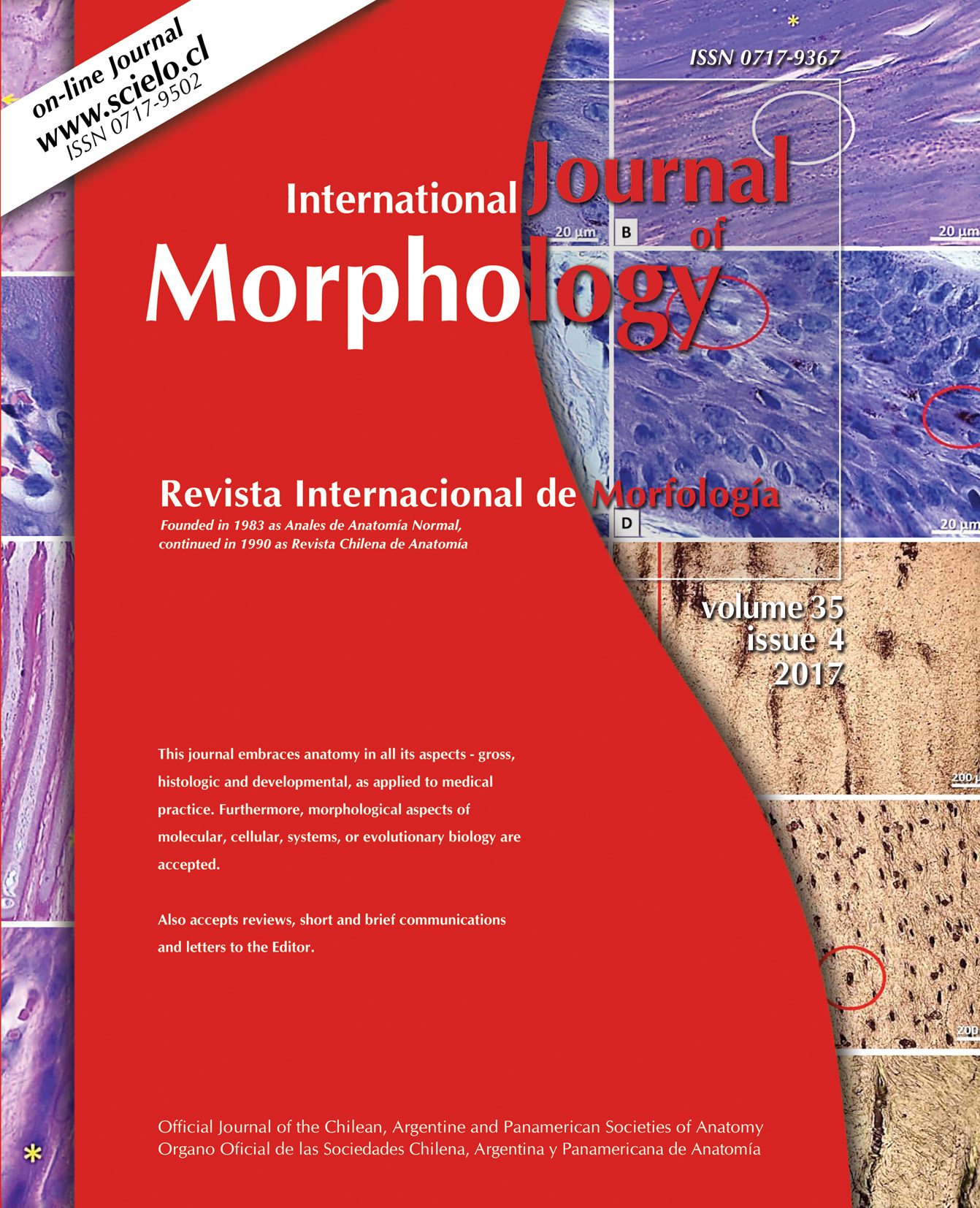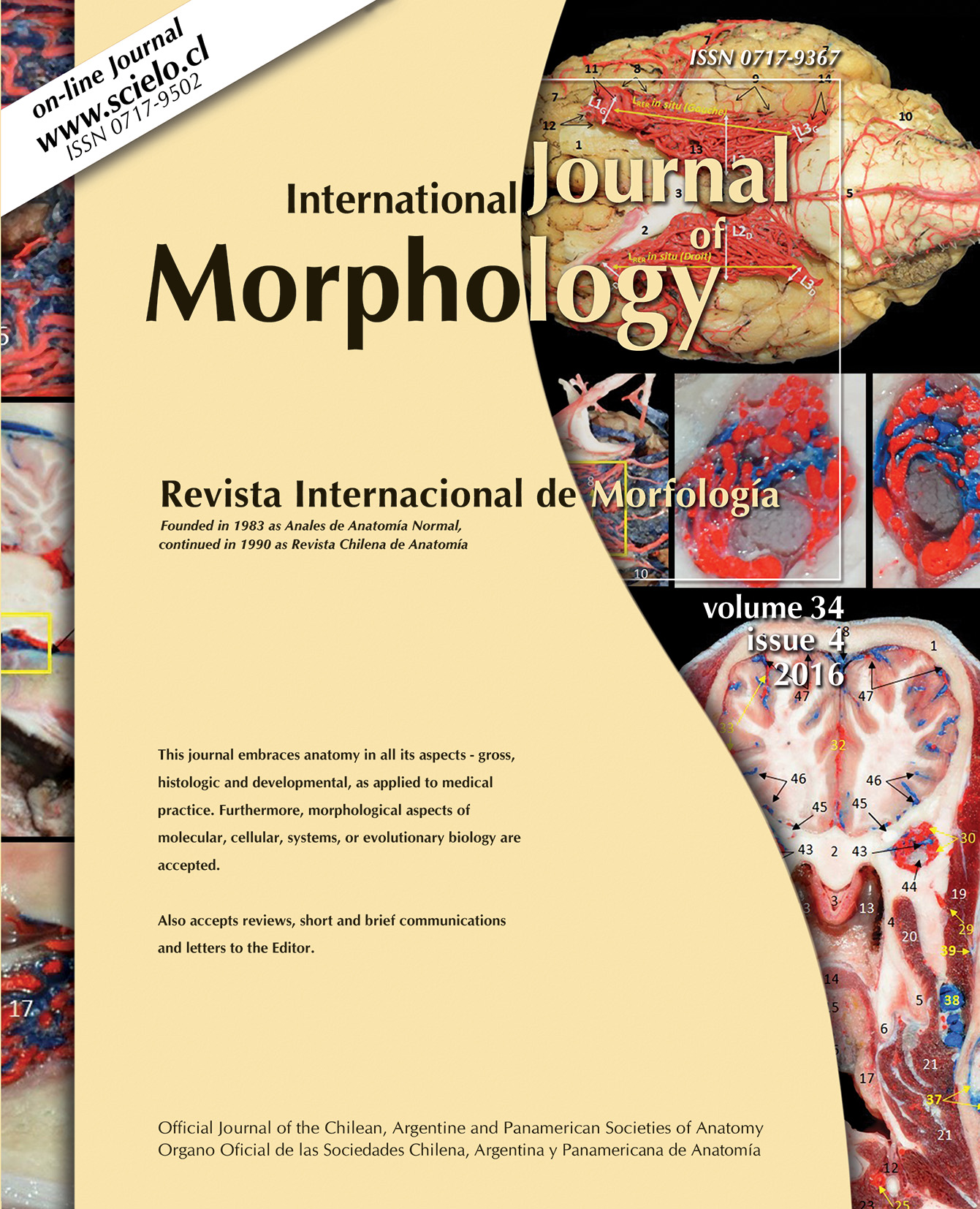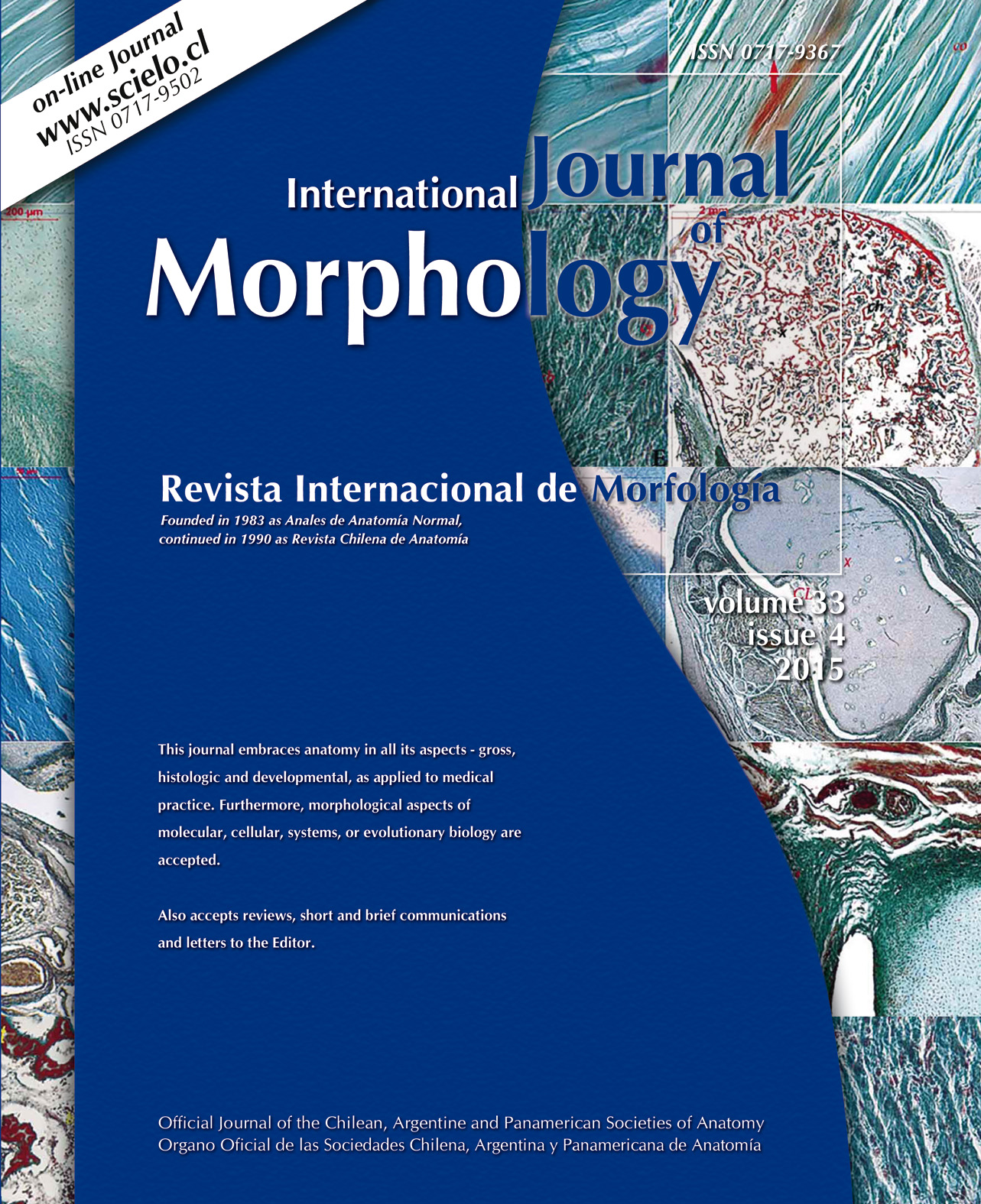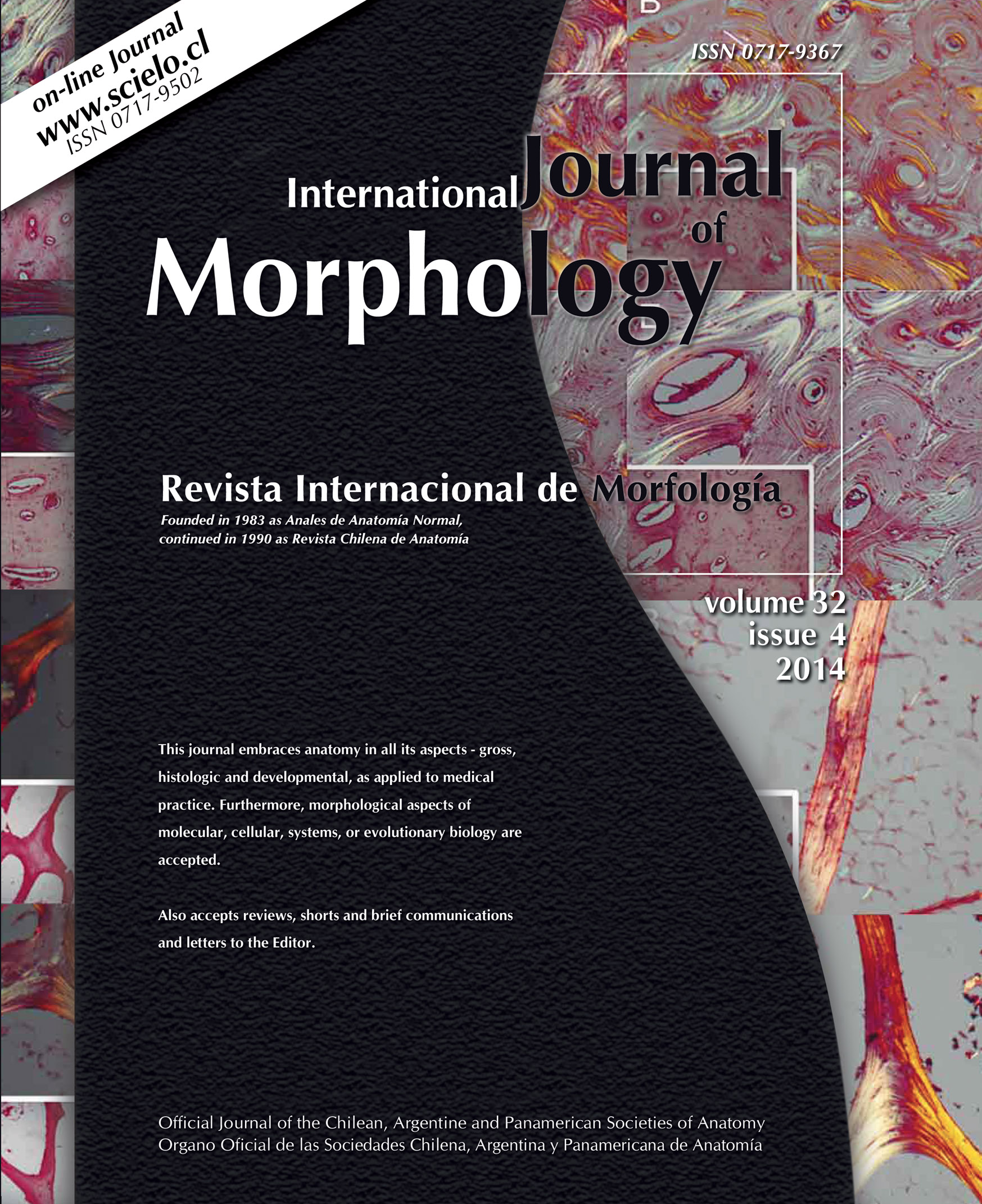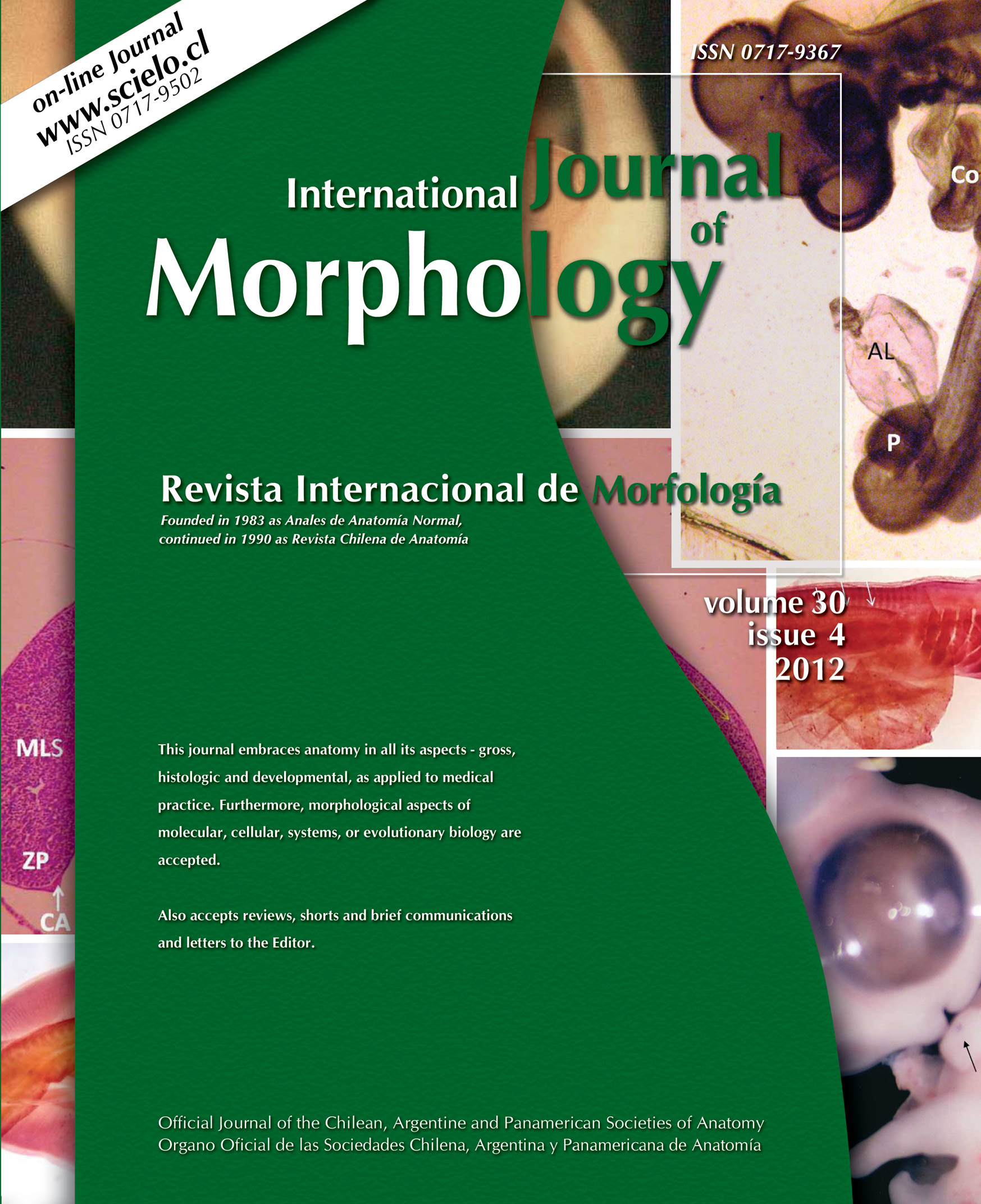Anatomical characteristics of deer and sheep lumbar spines: Comparison to the human lumbar spine.
Yang Wang; Ting Liu; Liang-Song Song; Zhi-Xin Zhang; You-Qiong Li & Lai-Jin Lu
Summary
Deer and sheep spines are often used as models of the human spine. A prerequisite for the use of animal models is information regarding the interspecies differences in the parameters of general interest. This would clarify the limitations of each animal model and substantiate the applicability of the obtained results to humans. Since sufficient data appear to be currently unavailable, we sought to investigate the feasibility of using deer and sheep as animal models for studies on the human spine. The objective of this study was a thorough comparison of the anatomical parameters of deer and sheep spines with those of the human spine. We employed three- dimensional reconstructions of computed tomography images, generated using figure analysis software, which facilitated quantitative analysis of the linear and curvature parameters and the geometric index of the vertebral bodies. Our findings represent a comprehensive database of the anatomical characteristics of the deer and sheep lumbar spines and their comparisons with those of the human lumbar spine. This study provides insight into the similarities and differences in the vertebral geometries between the human spine and the deer and sheep spines. We found that the differences are minimal and that they do not greatly compromise the utility of deer and sheep lumbar spines as models of the human lumbar spine.
KEY WORDS: Spine; Animal model; Comparative anatomy; Sheep; Deer; Human.












